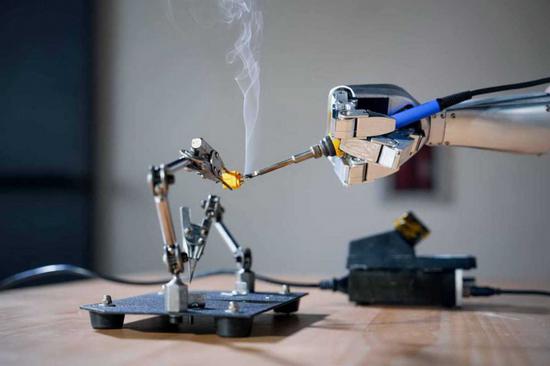
A humanoid robot demonstrates electro-welding skills. (Photo provided to China Daily)
According to a guideline unveiled by the Ministry of Industry and Information Technology, China aims to build an innovation system for humanoid robots by 2025, with breakthroughs to be made in key technologies to ensure the safe and effective supply of core components.
The guideline said it aims to cultivate two to three globally influential humanoid robotics enterprises, and a group of specialized small and medium-sized enterprises by 2025.
By 2027, China will see a secure and reliable industrial and supply chain system, and related products will be deeply integrated into the real economy, the guideline said.
"Currently, new technologies, products and formats represented by humanoid robots and general artificial intelligence are thriving and becoming the pinnacle of global technological innovation, a new track for future industries and a new engine for economic growth," said Xu Xiaolan, former vice-minister of industry and information technology and a member of the Standing Committee of the Chinese People's Political Consultative Conference National Committee.
Breakthroughs in AI, she said, have provided an important driving force for the innovative development of humanoid robots, and the world is experiencing a wave of integration between humanoid robots and general AI.
General AI refers to AI's versatility in doing multiple tasks such as writing essays, checking program bugs and making business plans. This differentiates it from previous narrow AI projects that excel in only one area.
Chen Jia, a researcher at the International Monetary Institute of Renmin University of China, said, "Humanoid robots will be an industry field with great growth potential in the next decade, driven by the latest technological advancements in AI."
The worldwide market for humanoid robots is forecast to be bigger than analysts in Goldman Sachs Research expected even a year ago. The prospects for machines that help with everything from folding laundry to handling hazardous waste have improved as progress in AI accelerates and investment in the sector grows faster than anticipated, Goldman Sachs Research said in a report published in February.
The total addressable market for humanoid robots is projected to reach $38 billion by 2035, up more than sixfold from a previous projection of $6 billion, said Jacqueline Du, head of China Industrial Technology research and an analyst at Goldman Sachs Research. The estimate for robot shipments increased fourfold, to 1.4 million units, over the same time frame, with a much faster path to profitability amid an expected 40 percent reduction in material costs.
The China Institute of Electronics also expects the Chinese market for humanoid robots to reach about 870 billion yuan by 2030.
"AI progress surprised us the most," Du said, referring to advances such as robotic large language models — a key reason for the forecast change. Goldman Sachs Research points out that there has been significant progress in end-to-end AI, through which models can train themselves, removing the need for a human engineer to code everything by hand. That's speeding up robot development, allowing these devices to do more tasks and adapt to new situations, such as working outside of factories, more quickly.
There are signs that robot components, from high-precision gears to actuators, could also cost less than previously expected, leading to faster commercialization. That's mainly because cheaper components are now available, there are more supply chain options, and designs and manufacturing techniques have improved. In turn, this could speed up the timeline to factory applications by a year, and to consumer applications by two to four years, compared with Goldman Sachs Research's prior estimates.
Robotics is considered the "crown jewel of manufacturing", with humanoid robots being the ultimate goal for many across the industry. Compared with industrial robots that are valued for their specialized mechanical capabilities, the main challenge in developing humanoid robots is how to perfectly simulate human processes of perception, cognition, decision-making and execution under various scenarios, experts said.
Sensing the opportunities and challenges, both established Chinese tech companies and startups are working to strengthen their R&D capabilities in humanoid robots.
"In the past six to eight months, a large number of new humanoid robots companies have emerged, indicating the public's recognition of this industrial segment," said Fu Chunjiang, vice-president of UBTech Robotics, a Shenzhen, Guangdong province-based AI and humanoid robotics company.
Humanoid robots, Fu said, can provide positive feedback and form a flywheel effect with general AI, promoting faster development of the sector.
Xiaomi Corp has also showcased its emotion-detecting humanoid robot CyberOne.
Measuring 170 cm and weighing 52 kg, CyberOne supports up to 21 degrees of freedom of motion and achieves a real-time response speed that allows full human movement simulation.
"CyberOne's AI and mechanical capabilities are all self-developed by Xiaomi Robotics Lab. We have invested heavily in R&D spanning various areas, including software, hardware and algorithms innovation," said Lei Jun, founder and chairman of Xiaomi.
"With AI at its core and a full-size humanoid frame as its vessel, this is an exploration of possibilities of Xiaomi's future technological ecosystem and a new breakthrough for the company," Lei said, adding that it will use CyberOne in its smart manufacturing in the future.









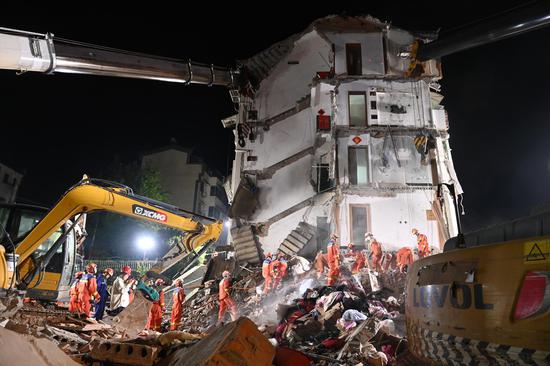






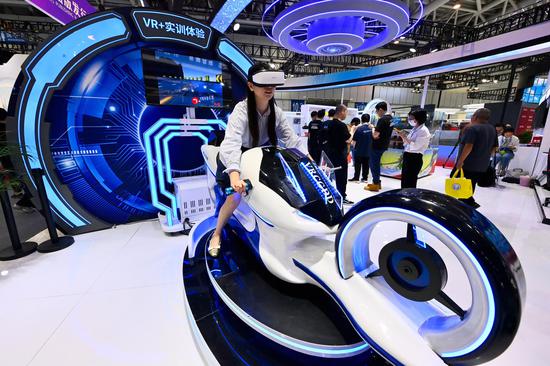











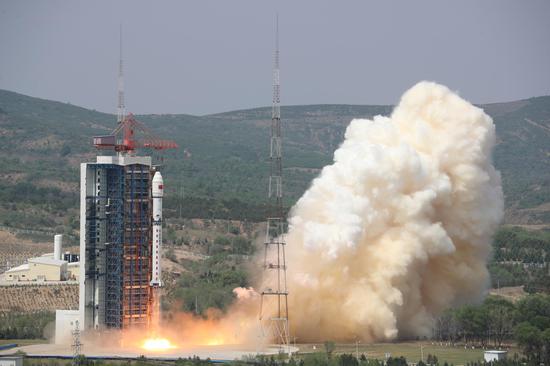






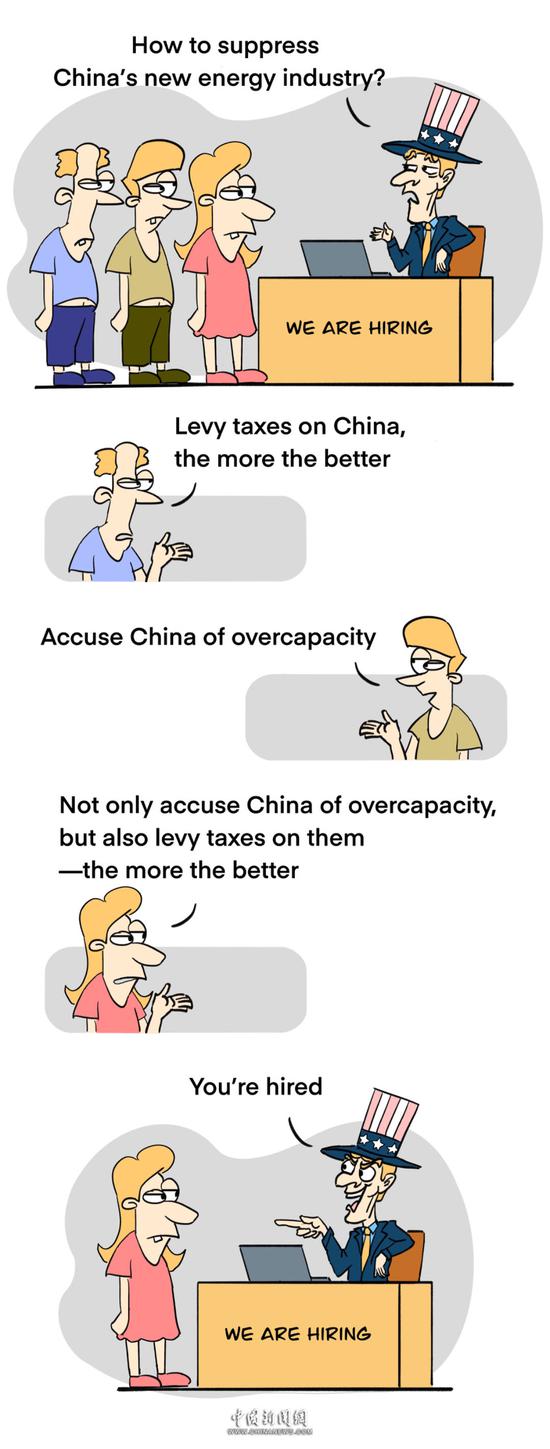














 京公网安备 11010202009201号
京公网安备 11010202009201号